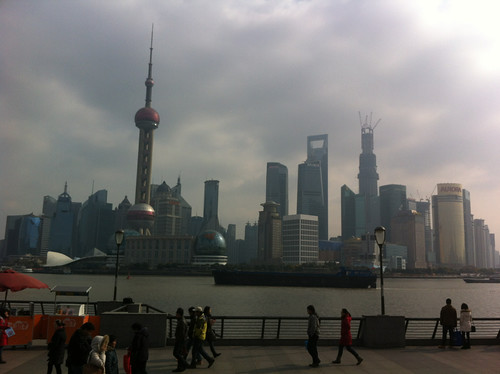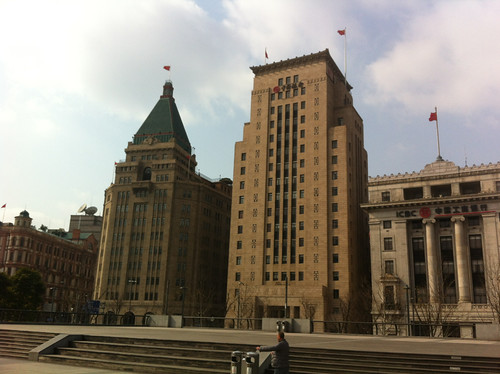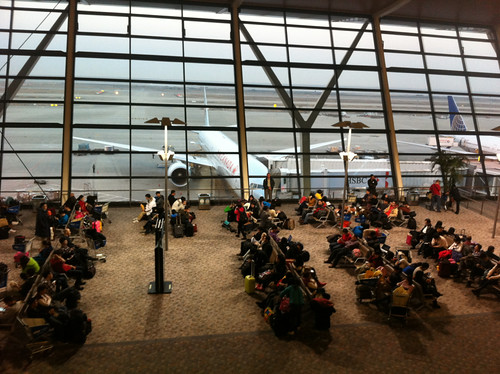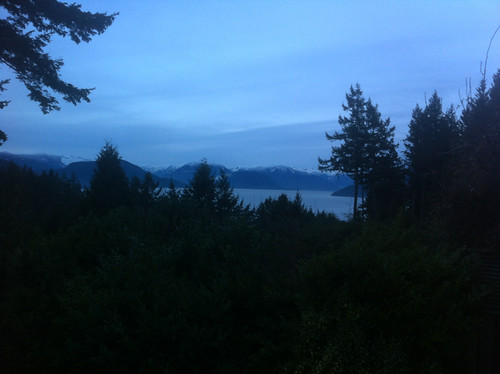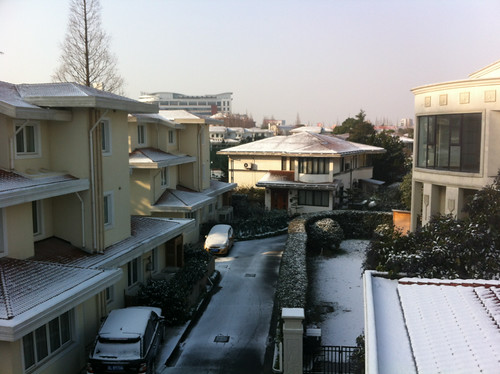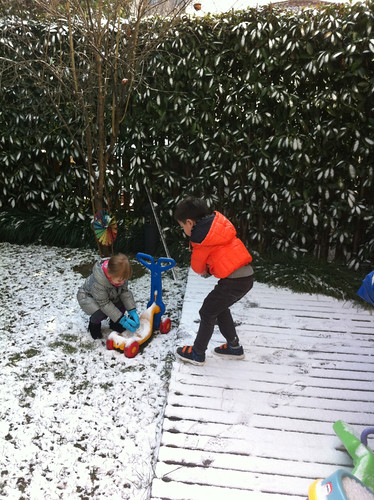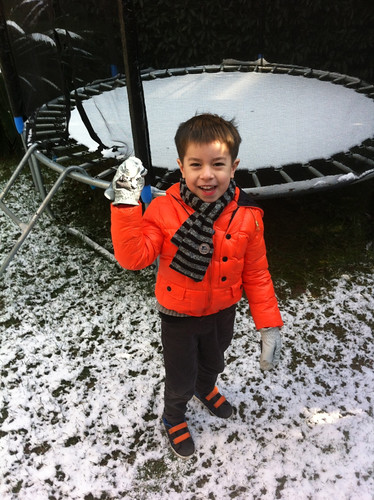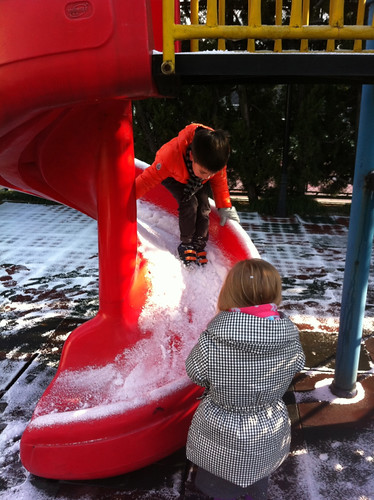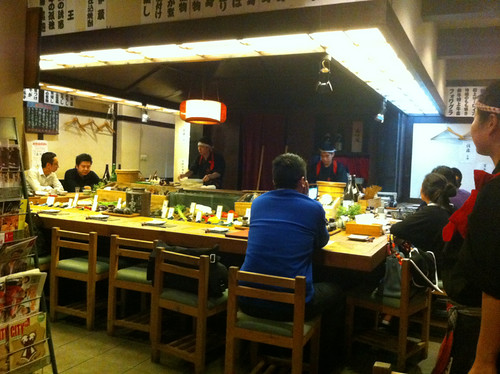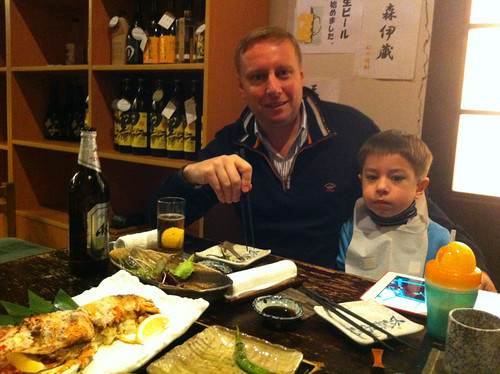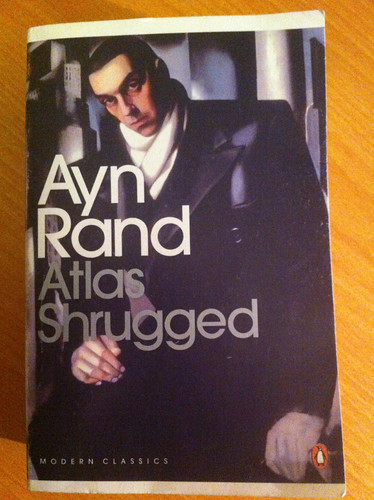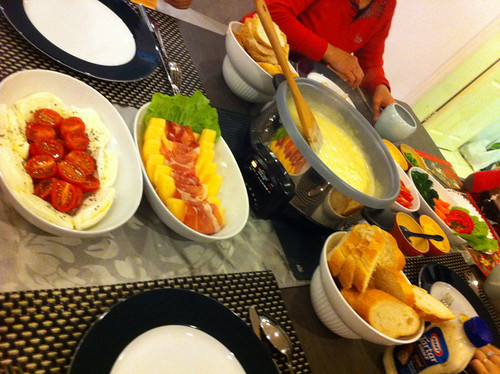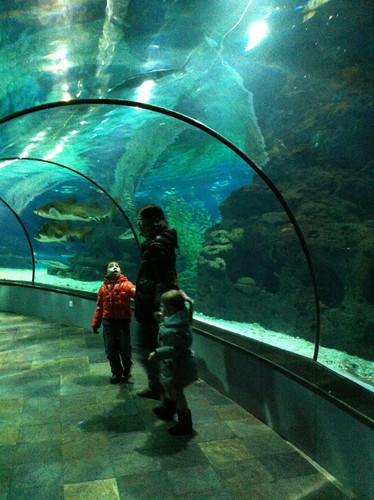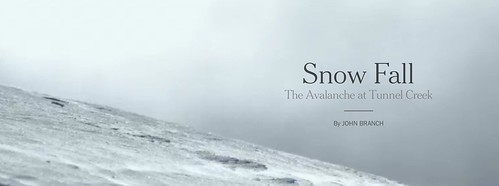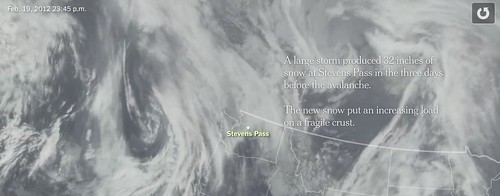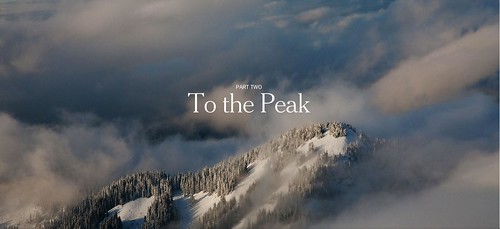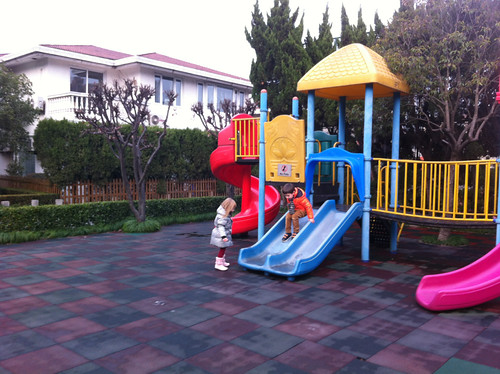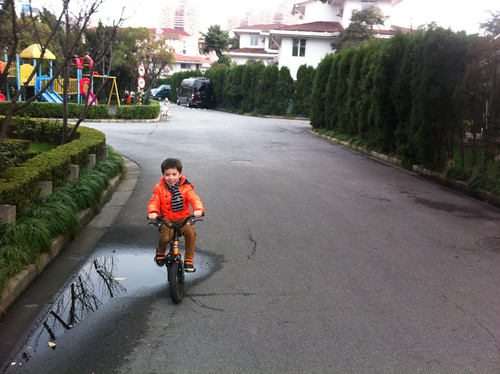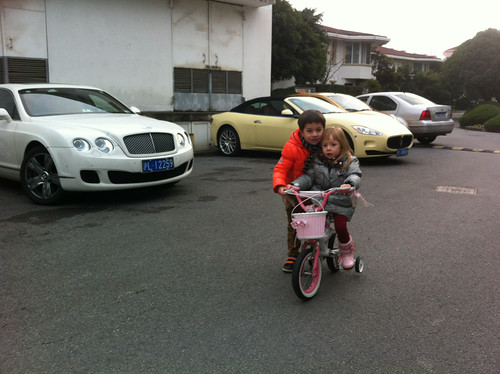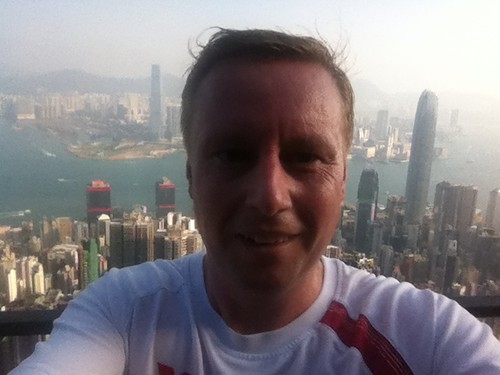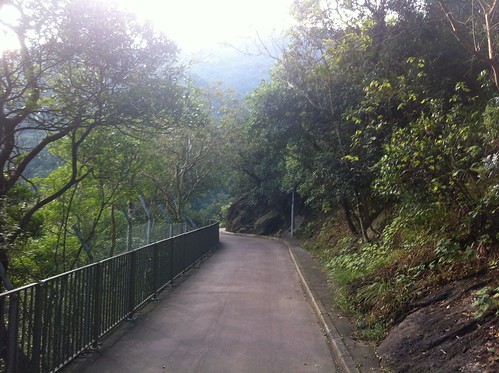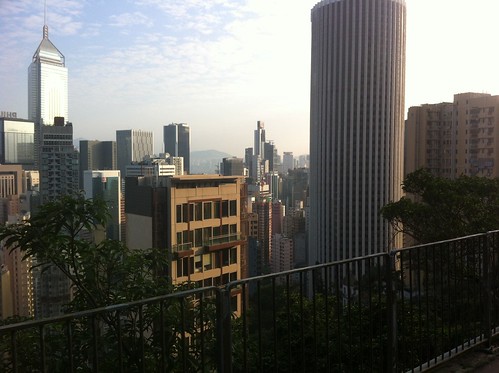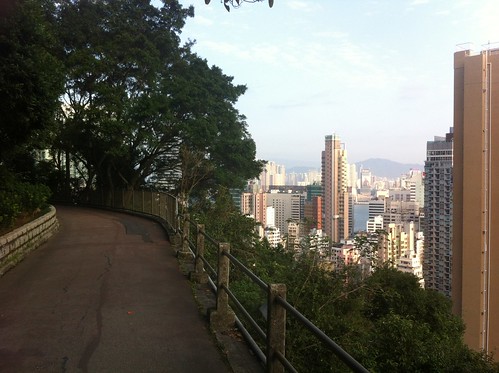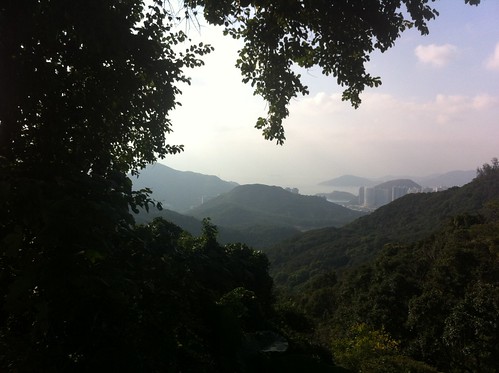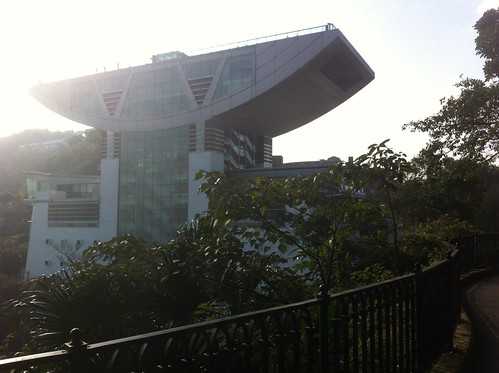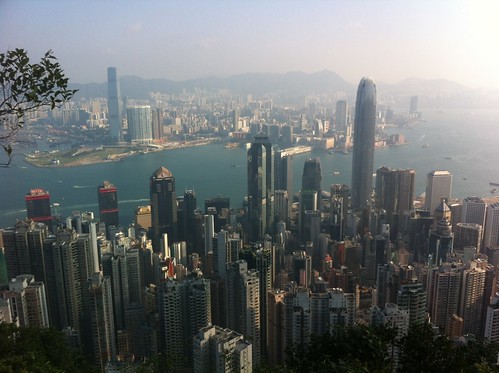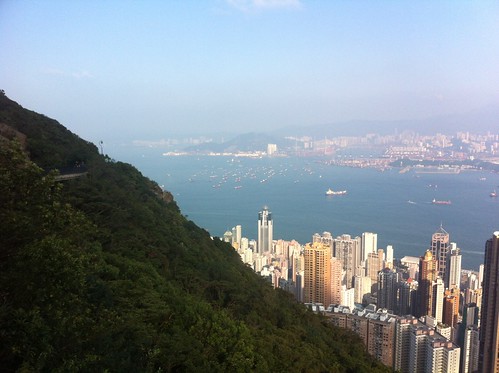Today I had a photo shoot for an article in the Holland Herald, KLM’s inflight magazine. After taking some pictures in the Spil Games office we drove to the Bund for some outdoor ones. For days I could not see the Pudong skyline from my office window, but today the smog had cleared up a lot and the sun was finally visible again. Perfect weather for taking magazine pictures, except for the fact that it was freezing cold (around 0 degrees Celsius but with a major wind chill factor over the river).
The past days were not the best ones for most parts of China, because pollution levels were getting from bad to worse. I am glad that I don’t live in Beijing where the pollution was off the charts for several days, but even Shanghai (which is directly on the sea) had hazardous levels of air quality. The air was smelling foul and I had a headache for 2 days in a row, something which is very unusual for me.
The air was so bad that several friends of ours were considering to fly with their kids to Hong Kong until the smog would disappear. We kept Scott and Elaine inside, no playing in the garden or in the playground for them. Also the school informed us that the kids were not allowed to go outside if the air quality was over 150 (=unhealthy level threshold).
I wonder what the government will do about this, because the situation seems to be getting worse by the month. When I lived in Beijing from 2000-2002 we had heavy smog in wintertime as well, but nobody measured it and at the time most people blamed it on the fact that Beijingers in the hutongs heated their houses with coal. But that has changed and now cars and industrial pollution are the main culprits.
The good thing about China is that the government has the power to change things radically and they may be forced to make radical changes (only hybrid or electric cars anyone?). Everyone knows this will jeopardize growth in the short run, but I think they don’t really have a choice. Because of the hukou system most Chinese still can’t easily move to different cities, and there is a limit to how much pollution they are willing to endure for themselves and their families. At least for now the worst pollution seems to be over and I could take some pictures from the riverside promenade at the Bund, a place I had not visited in a very long time.

